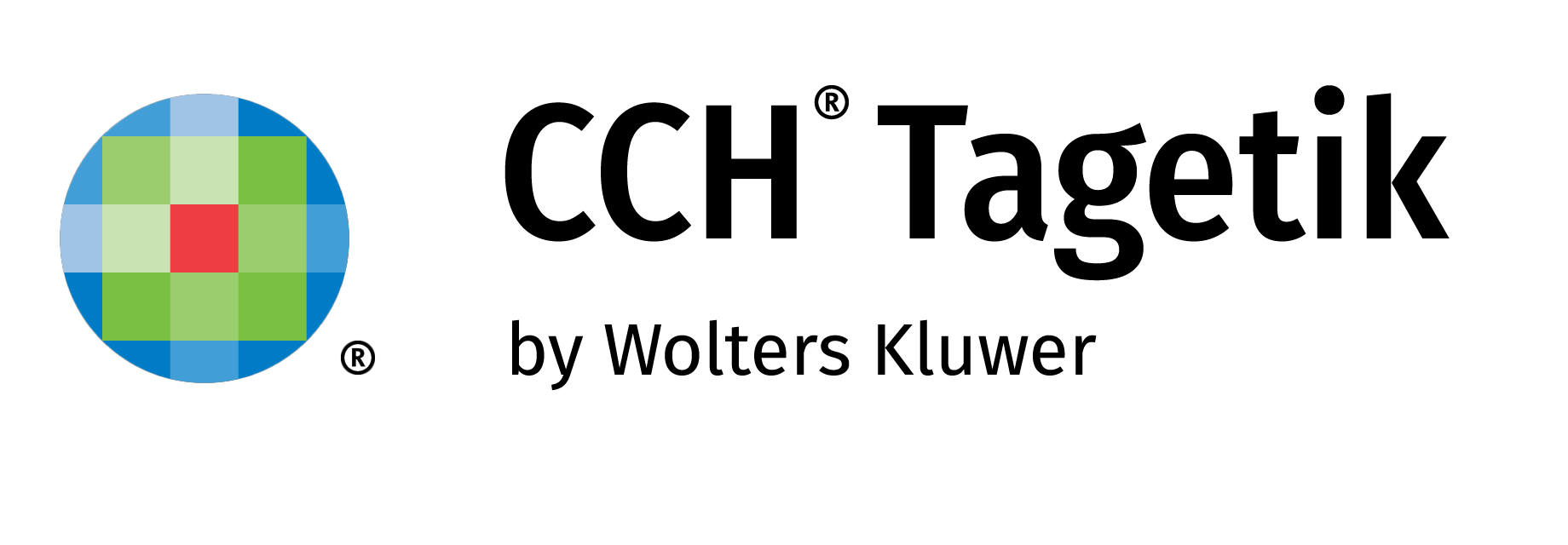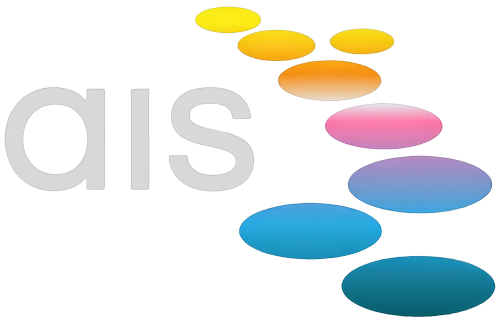The Evolving Role of FP&A in the Age of AI – More Brains, Less Guesswork
Introduction — “When Your Forecast Feels Like Yesterday’s News”
There’s a point in every FP&A professional’s career when they realise they’ve become more historian than strategist —
endlessly documenting what happened, with precious little time left to shape what happens next. In the past, you might have spent most of your week reconciling numbers across mismatched spreadsheets, patching formulas, and chasing departments for updates that were already stale by the time you received them. The result? A forecast that was accurate for all of 24 hours before reality changed again.
Enter AI — and with it, platforms like CCH Tagetik that embed AI into planning, forecasting, and analysis. Not the
sci-fi kind with glowing eyes, but the practical, quietly competent variety that clears your desk of repetitive work so you can finally focus on the conversations that move the business forward. This post is about that shift: from number gatherer to strategic navigator, and how AI can be your co-pilot rather than your competition.
From Spreadsheet Monks to Strategic Navigators
Ten years ago, many FP&A teams lived in spreadsheet purgatory. Month-end was a well-rehearsed endurance test: download data from ERP, CRM, and operational systems; copy it into a master file with a name only slightly less cryptic than a Wi-Fi password; wrestle with #REF errors and broken macros; then pray your laptop didn’t freeze during the final save. It felt like craftsmanship — but it was really firefighting.
Today, the technology exists to move beyond that. With CCH Tagetik’s unified platform, actuals flow automatically
from source systems into the planning model. No manual copy-paste. No “who has the latest file?” confusion. Real-time updates mean you’re working with today’s numbers, not last week’s, freeing time for analysis instead of administration.
| Task | Before (Excel-heavy) | After (AI + CCH Tagetik) |
|---|---|---|
| Month-end reconciliation | 3–5 days of manual matching and fixes; fragile macros; late insight. | Hours with automated flows; anomalies auto-flagged; faster close. |
| Forecast refresh | 1–2 weeks chasing inputs and rekeying; version control headaches. | Minutes with live data feeds; one version of the truth across teams. |
| Scenario modelling | Manual rebuilds, high error risk; limited scenarios due to time. | Driver-based simulations and instant recalculation across P&L, BS, CF. |
Cultural shift: automation elevates FP&A’s role from “spreadsheet custodian” to “strategic advisor.”
AI’s Sweet Spot in FP&A
AI isn’t here to replace your financial intuition. It’s here to amplify it. In FP&A, it shines in three areas:
speed, pattern recognition, and scenario simulation — all available natively in CCH Tagetik.
1) Speed
Month-end actuals vs forecast used to mean days of matching line items and hunting down variances. In Tagetik, AI-assisted close and consolidation flag unusual transactions, reconcile accounts against historical norms, and highlight exceptions that need investigation — all before your first coffee.
Story moment: Instead of spending three days preparing a variance report for the
board, imagine running the same report in under an hour, already annotated with AI-seeded explanations for major movements.
2) Pattern Recognition
Humans spot obvious trends; AI digs deeper. Freight costs creep up — you’d notice. The model also finds that these increases have historically preceded a margin dip in three specific SKUs. Tagetik surfaces early-warning signals so you can act before trends become problems.
3) Scenario Simulation
The CFO asks, “What happens if raw materials rise 8%, rates go up 50 bps, and EMEA sales drop 3% — all at once?” In Excel, you’d spend a week building separate models. In Tagetik’s driver-based engine, you tweak assumptions once, run multiple “what if”s simultaneously, and instantly see the ripple effects across P&L, balance sheet, and cash flow.
The New Skills FP&A Needs
- Storytelling with data — “EBITDA is down 3%” won’t get action. “Margin loss in Product X due to supplier cost increase — here are three solutions” will. Tagetik’s interactive dashboards make the story clear.
- Critical thinking — An AI flag on AP invoices might be noise or early supplier distress. Tagetik’s variance tools help you interrogate faster; judgement still matters.
- Cross-functional influence — One version of the truth reduces “my numbers vs your numbers,” freeing you to align assumptions and decisions.
Real-World Scenarios You Might Recognise
- The Forecast Gap — Your rolling forecast is three weeks old when the CEO asks about a currency swing. In Tagetik, refresh the scenario in minutes — updated FX rates flow straight into the model.
- The Data Quagmire — Operations insists production costs are flat. AI analysis shows a 7% rise in raw materials. You bring evidence, not opinions.
- The Meeting Save — Sales forecasts are challenged mid-board pack. Instead of deferring, you adjust the driver live in Tagetik, rerun the numbers, and move on.
- The Last-Minute Exec Ask — At 4pm, the CFO wants a 15% APAC price-cut scenario for 9am. Simulations run in minutes; you deliver before their next meeting.
- The Unplanned Crisis — A supplier goes bankrupt. Sensitivity analysis quantifies the cash-flow hit immediately so leadership can choose mitigations the same day.
Before You Think It’s All About the Tech…
The real transformation happens when people, process, and platform work together. AI and CCH Tagetik can shorten
cycles, improve accuracy, and free capacity for deeper analysis — but they can’t replace finance’s ability to interpret, challenge, and communicate insights in ways that drive change.
Metric That Matters
“By 2028, 70% of FP&A departments will use AI to support most decision-making processes.” — Gartner
The other 30% will still be waiting for their spreadsheets to load.
The Next Episode is available --> click through to FP&A Playbook: 2 The Modern FP&A system

